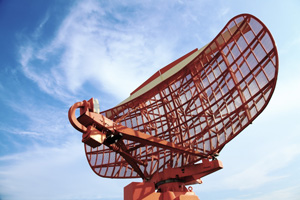
 For registration mark timing, a rotary encoder is used to determine the position of an object relative to a known point, referred to as a registration mark. Encoder feedback is then used to determine the speed of an axis of motion in relation to the registration mark.
For registration mark timing, a rotary encoder is used to determine the position of an object relative to a known point, referred to as a registration mark. Encoder feedback is then used to determine the speed of an axis of motion in relation to the registration mark.
Mechanically, shaft, thru-bore, hollow bore or measuring wheel encoders can be used for registration mark timing applications. Any number of mechanical means can be used to obtain encoder feedback from the axis of motion, including wheels, gears, belts, chains or direct action.
Electrically, incremental and absolute encoders are suitable for registration mark applications. Generally, for incremental feedback a quadrature encoder is used to ensure bi-directional feedback. An index pulse is also recommended for applications that require the ability to locate home position. Single turn absolute encoders can be also be applied, but for applications that require determining absolute location in the event of power-off scenarios, a multi-turn absolute encoder should be used.
Environmentally, proximity of the encoder to potential exposure to liquids, fine particulates and extreme temperatures will dictate specification. In applications with wash down requirements, an IP66 or IP67 seal can offer protection against moisture ingress.
Examples: